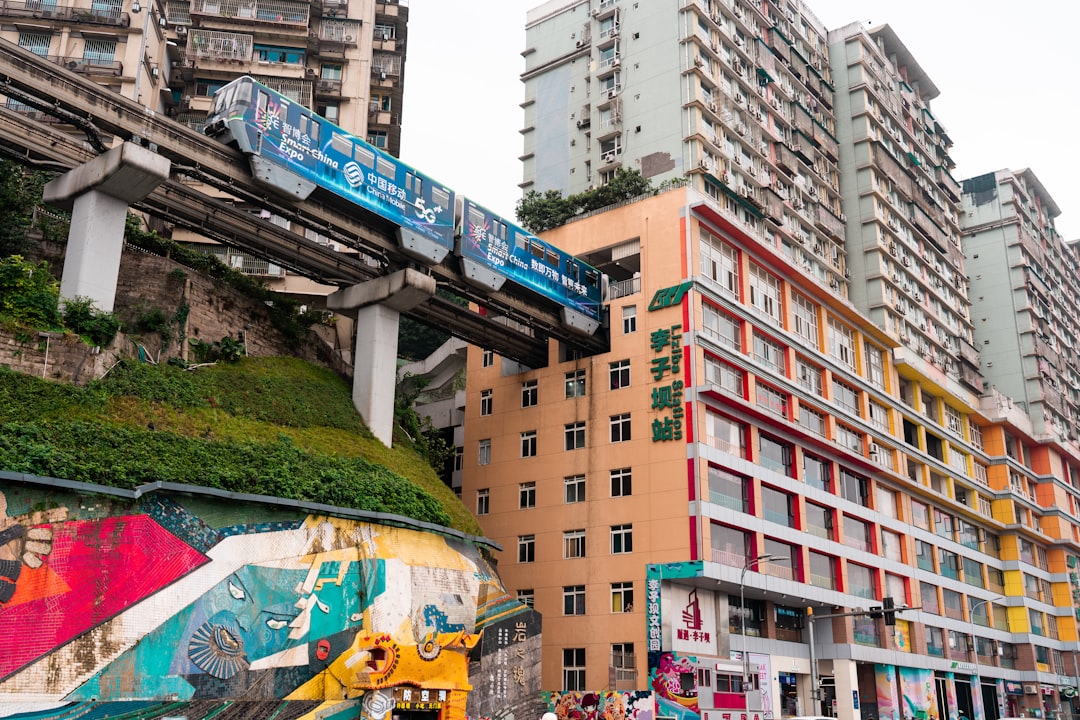No products in the cart.
Revitalizing Urban Spaces: The Role of Sustainable Development in City Transformation
Sustainable development is not just a buzzword; it's a vital strategy reshaping urban environments and enhancing community life.
New York City, USA — In a world where urban landscapes are rapidly evolving, the call for sustainable development resonates louder than ever. Cities are not just concrete jungles; they are living ecosystems that thrive on the balance of human activity and environmental health. As the global population continues to surge, cities are under pressure to adapt, innovate, and transform.
Across the globe, urban centers are waking up to the need for sustainable practices. From the bustling streets of Tokyo to the vibrant neighborhoods of São Paulo, city planners and citizens alike are reimagining their environments. The push for sustainability is not merely an environmental necessity; it is a catalyst for economic growth, social equity, and community resilience.

Take, for instance, the innovative green roofs popping up in urban areas. These sustainable solutions not only combat urban heat but also provide much-needed green spaces for communities. In cities like Melbourne, Australia, these initiatives have transformed rooftops into lush gardens, fostering biodiversity while offering residents a serene escape from the urban grind.
Moreover, the integration of technology in urban planning has become a game changer. Smart cities are on the rise, utilizing data to enhance efficiency and improve the quality of life for residents. In Singapore, for example, the government has embraced a holistic approach to urban living, incorporating smart technologies to manage resources effectively. This includes everything from traffic management systems to waste disposal solutions, showcasing how technology can play a pivotal role in sustainability.
This includes everything from traffic management systems to waste disposal solutions, showcasing how technology can play a pivotal role in sustainability.
However, the journey toward sustainable urban development is fraught with challenges. Resistance from traditional industries, lack of funding, and the complexity of urban governance often hinder progress. In many cases, the most vulnerable communities bear the brunt of these challenges, facing the greatest risks from climate change while having the least capacity to adapt.
In response, grassroots movements are emerging, empowering communities to advocate for sustainable practices. Organizations like Urban Ecology in the U.S. are leading the charge, engaging residents in the design and implementation of green projects. These initiatives not only enhance the environment but also foster a sense of ownership and pride among community members.
Education plays a critical role in this transformation. Schools and universities are incorporating sustainability into their curricula, equipping the next generation with the knowledge and skills to drive change. In the Netherlands, for example, students are actively involved in urban farming projects, learning about food production while contributing to local food security. This hands-on approach not only cultivates future leaders but also addresses immediate community needs.
As cities evolve, the concept of sustainable development must transcend mere compliance with regulations. It should encapsulate a vision for a future where urban spaces are designed with people and the planet in mind. This requires collaboration across sectors — from government and private enterprises to non-profits and community organizations. Each stakeholder has a role to play in shaping the urban landscape.
Looking ahead, the future of urban development lies in an integrated approach that prioritizes sustainability. The COVID-19 pandemic has underscored the importance of resilient urban spaces. As cities begin to recover, there is an opportunity to rebuild with sustainability at the forefront. The shift towards remote work, for example, offers a chance to rethink office spaces and their impact on urban environments. More green spaces, pedestrian-friendly areas, and local businesses can emerge as cities prioritize quality of life alongside economic recovery.
In the Netherlands, for example, students are actively involved in urban farming projects, learning about food production while contributing to local food security.
In conclusion, the path to sustainable urban development is not a linear one. It is a complex tapestry woven from the threads of innovation, community engagement, and education. As cities across the globe embrace this challenge, they hold the potential to create vibrant, resilient environments that benefit all residents. The question is not whether urban spaces can become sustainable, but rather how quickly and effectively we can make it happen.










